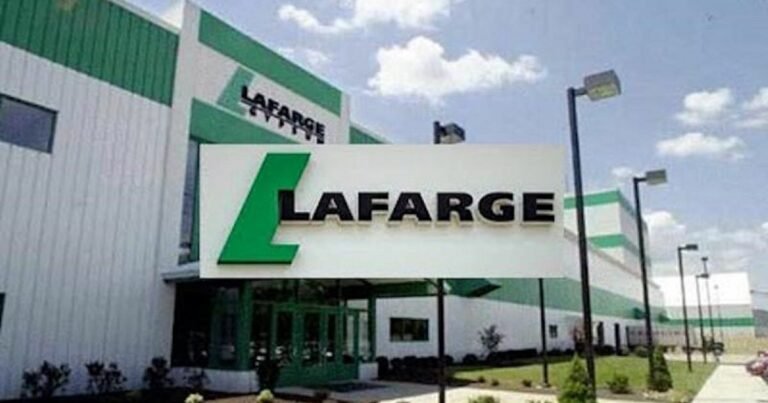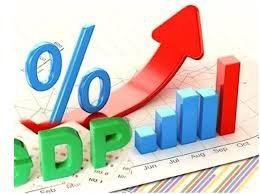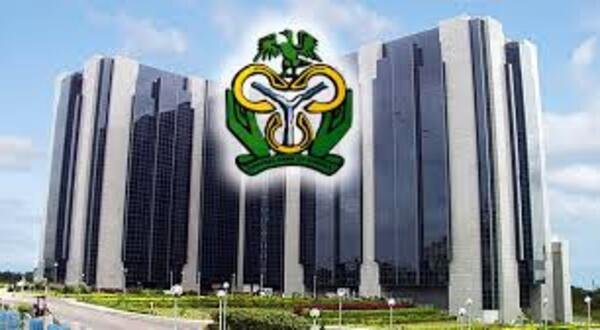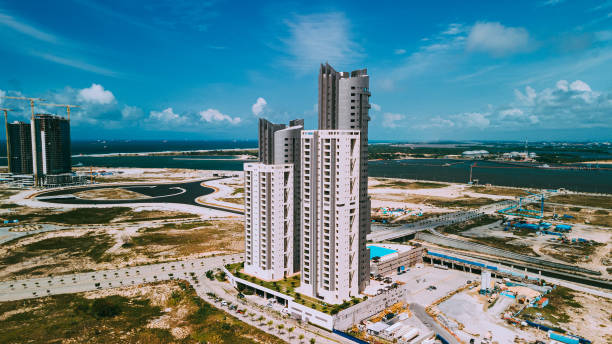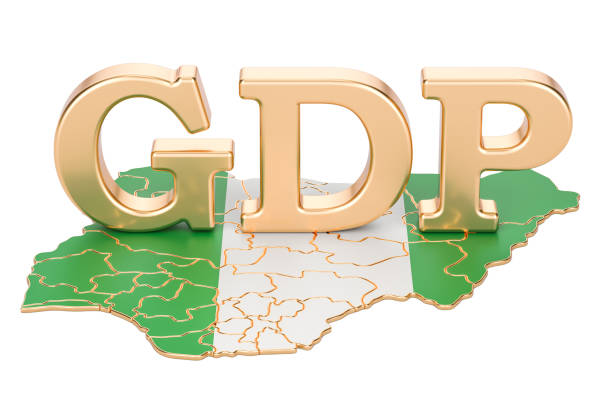Nigeria’s agriculture sector grew by 1.76% in Q4 2024, marking a slowdown from the 2.10% recorded in the same period last year, as rising input costs, insecurity, and logistical bottlenecks weighed on production. The sector’s share of real GDP declined to 25.59%, down from 26.11% in Q4 2023, reflecting its waning influence in an economy increasingly driven by services.
A Sector Under Strain
Once positioned as a key driver of economic diversification, agriculture has struggled to maintain momentum. The latest data from the National Bureau of Statistics (NBS) points to a quarter-on-quarter expansion of just 0.38%, suggesting that even seasonal harvests failed to spur significant growth.
The biggest drag remains crop production, which accounts for 90.7% of the sector. While it saw modest gains, other sub-sectors fared worse: livestock stagnated, forestry grew marginally, and fishing posted only 0.09% growth. Meanwhile, agriculture’s nominal year-on-year growth slowed to 6.22% in Q4 2024, a sharp decline from 14.94% in Q4 2023, indicating that inflationary pressures far outpaced real expansion.
Also Read:
Insecurity and high production costs remain major barriers. Many farmers are struggling with the rising prices of fertilizers, diesel, and transportation, which are eating into profit margins and reducing output.
Food Inflation and Policy Challenges
The sector’s sluggish growth comes at a time of record-high food inflation, which stood at over 33% in December 2024. The cost of staples such as rice, maize, and tomatoes has surged, worsening food insecurity and increasing reliance on costly imports.
Government interventions, such as the Anchor Borrowers’ Programme, have aimed to boost domestic production, but issues around credit repayment and access to inputs have hindered effectiveness. Meanwhile, trade restrictions meant to encourage local production have had mixed results, with supply shortages leading to price spikes.
Policy inconsistency remains a major challenge. Nigeria has not found a cost-effective way to deliver critical inputs to its thousands of farmers. Better access to financing and mechanization is required for real productivity gains.
Outlook for 2025
Looking ahead, the outlook for agriculture remains uncertain. The government has announced plans to expand irrigation infrastructure, enhance security in farming regions, and improve post-harvest storage, but execution remains a key concern.
With the services sector now contributing over 57% of GDP, agriculture risks being left behind unless structural reforms accelerate. Analysts warn that without urgent intervention, Nigeria’s ambition to achieve self-sufficiency in food production may remain out of reach.
For now, the Q4 2024 figures paint a picture of an industry struggling to keep pace with economic pressures, raising concerns about rural livelihoods and long-term food security.










